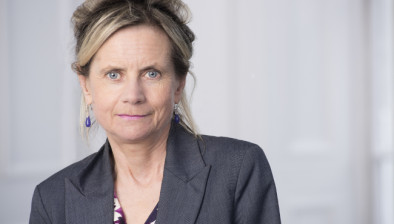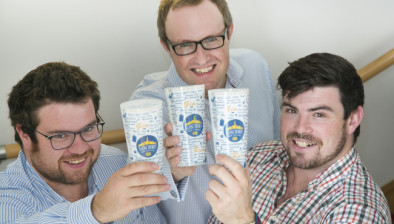IP stats show Scotland is a hotbed of innovation

David Murray
The latest patent, trademark and design data from the UK Intellectual Property Office shows an impressive performance from Scotland in 2019.
Scotland filed 1,168 registered design applications in 2019 compared with 757 applications the previous year – representing a 54.2 per cent rise. This bucks the overall UK trend which saw a modest decline of 2.4 per cent.
The percentage of patents granted to Scottish applicants was up to 6.7 per cent from 4.8 per cent the previous year, while the UK saw a more notable drop of 8 per cent in the same period.
Meanwhile trade marks filed in the name of Scottish applicants rose by 7.1 per cent (from 3,494 to 3,744). This was echoed across the whole of the UK which saw a 12.9 per cent increase.
Principal associate David Murray, a chartered (UK) and European patent attorney and European design attorney from intellectual property firm Marks & Clerk, said: “The design figures are a real coup for Scotland, making it the largest growth area for registered design applications in the whole of the UK.
“By contrast the UK as a whole saw its first decline since 2015, although it must be noted the drop was marginal and follows a successful three years which saw a 304 per cent increase between 2015 and 2018.
“Looking to the patent figures, Scotland continues to be a hotbed of new technological development remaining robust in the face of a more general downward trend.
“Meanwhile the trade mark figures reflect the rapid development of the Scottish food and drink sector with the rise of independent brewing, craft beer markets and new gin producers. One stand-out name amongst the Top 50 trade mark applicants was BrewDog arriving in 24th position – this company is constantly innovating and the volume of trade mark filings appears to reflect that.
“The increase in the number of UK trade mark applications may also be attributed to Brexit, with brand owners filing UK trade mark applications in anticipation of the end of the transition period.”








